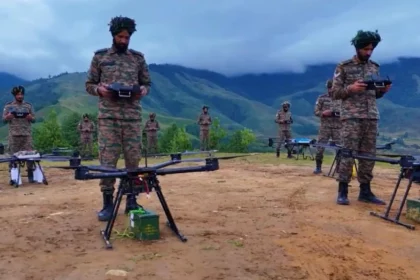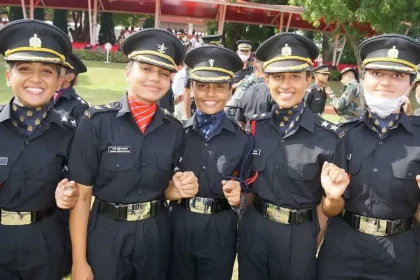Pakistan Conducts Airstrikes in Kabul, TTP Chief Noor Wali Mehsud Feared Dead
First-Ever Airstrikes by Pakistan in Kabul Target TTP Leadership; Cross-Border Tensions Escalate, Noor Wali Mehsud Feared Dead.
UK Secures $468 Million Deal To Supply Lightweight Multirole ‘Martlet’ Missiles To Indian Army
India, UK Sign $468 Million Missile Deal: Martlet Missiles To Strengthen Indian Army’s Air Defence, Marking A New Era In…
Indian Army Launches Indigenous ‘SAKSHAM’ Anti-Drone Grid To Strengthen Air Defence
Indian Army Unveils AI-Driven Indigenous ‘SAKSHAM’ Anti-Drone Grid Developed With BEL To Strengthen Tactical Airspace Defence.
SSC Tech 66 and SSCW Tech 37 Cut Off Marks
Indian Army SSC Tech 66 & SSCW Tech 37 Cut-Offs Announced; Candidates Shortlisted for SSB Interview.
TGC 143 Notification: Online Application, Age Limit, Vacancies, Cut Off
TGC-143 Notification Released: 30 Vacancies for Engineering Graduates at IMA Dehradun, Applications Open Until 6 Nov 2025.
Air Defence Warriors of Sapt Shakti Command Prove Their Mettle at 14,500 ft
Air Defence Warriors of Sapt Shakti Command display unmatched precision and resilience during high-altitude operations at 14,500.






